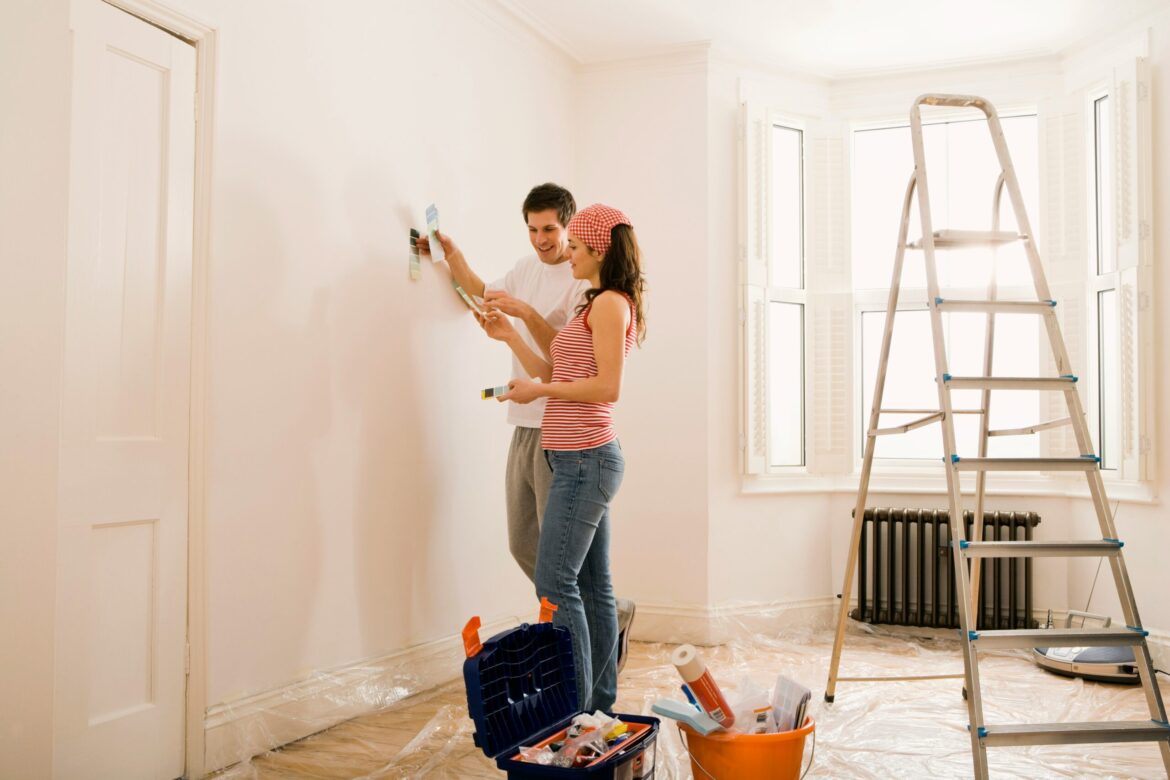January 10, 2025
In the wake of the pandemic and with the continued trend of remote work, Americans are embracing a new wave of do-it-yourself (DIY) home renovations that prioritize sustainability. On January 10, 2025, reports show a significant surge in the demand for eco-friendly building materials as homeowners look to reduce their environmental impact while improving their living spaces. This shift has led to a booming market for sustainable materials, with sales reaching record numbers in 2024 and projections showing continued growth throughout 2025.
As more people are spending time at home, the desire to personalize living spaces has grown exponentially. DIY home projects, once limited to smaller-scale tasks like painting and decorating, are now expanding to include larger renovations, such as kitchen remodels, energy-efficient upgrades, and full-scale home improvements. The key difference in 2025 is that these renovations are being done with a new focus on environmental responsibility.
“People are becoming much more conscious of how their home improvements impact the planet,” said Laura Mitchell, a sustainable building materials expert based in Portland. “From reclaimed wood and low-VOC paints to bamboo flooring and solar-powered appliances, homeowners are looking for ways to create a more sustainable living environment that reflects their values.”
The rise in demand for sustainable building materials is being fueled by several factors. Increased awareness of climate change and environmental issues, as well as a growing number of green certifications and incentives, have made eco-friendly materials more accessible and appealing. Many state governments are offering rebates and tax credits for energy-efficient upgrades, further incentivizing homeowners to invest in sustainable renovations.
In particular, materials like reclaimed wood, bamboo, and recycled steel are seeing a sharp increase in popularity. These products offer the same aesthetic and functional benefits as traditional materials, while also reducing waste and conserving natural resources. Additionally, manufacturers are responding to demand by producing more sustainable versions of popular building materials, such as concrete alternatives made from recycled materials and eco-friendly insulation options.
Homeowners are also focusing on energy efficiency, investing in solar panels, smart thermostats, and energy-efficient windows to reduce their carbon footprint and lower utility bills. The combination of sustainable materials and energy-saving technologies is making it easier than ever for individuals to create homes that are both beautiful and eco-conscious.
The DIY home renovation trend is also aligned with the broader movement toward minimalism and conscious consumerism. Many homeowners are choosing to invest in long-lasting, high-quality materials rather than opting for cheap, disposable alternatives that contribute to landfill waste. As the desire for more sustainable lifestyles grows, these home renovations reflect a larger shift in how people approach consumerism and personal responsibility.
While DIY projects have always been popular in the U.S., the focus on sustainability marks a new chapter in the world of home improvement. As more people embrace the idea of creating homes that are both beautiful and environmentally friendly, the market for sustainable building materials is expected to continue its upward trajectory, reshaping the future of home renovations.
With the continued rise of eco-conscious living, 2025 promises to be a year of change in the way Americans approach home improvements, moving away from traditional practices and toward a more sustainable, environmentally responsible future.


